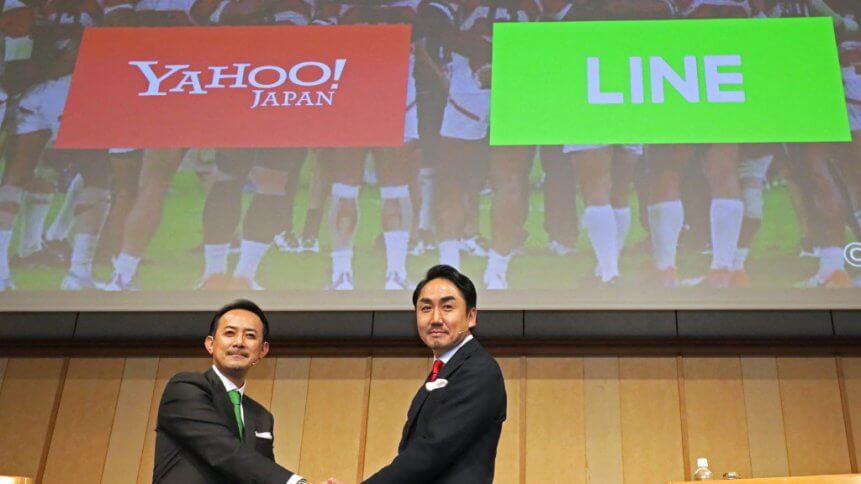
The concept of technology convergence – or fusion – describes the phenomenon that sees two or more distinct core technologies combined to reach a greater impact. Certainly, modern technologies used in isolation are powerful and important in their own right – for example, cloud, robotic process automation (RPA) and artificial intelligence (AI) – but it is equally true that they cannot have a coherent or appreciable effect across all industries, enterprises and use cases when used in isolation.
That is to say, organizations would be remiss to place all their eggs into one basket – relying on a single piece of tech to resolve company-wide issues restricts the freedom and flexibility they need to keep up on a constantly shifting terrain. To double-down on the analogy, a one-size fits all approach just won’t do, and flitting between different technologies is equally unproductive. One must only conjure up a mental image of ‘whack-a-mole’ to be sure of that.
CIOs, then, must instead look to a composite approach as a means of future-proofing their businesses and unleashing untapped potential – sometimes RPA will be the answer to their challenges; sometimes cloud processing; sometimes low-code; and sometimes AI.
Composite architectures on the horizon
Cited by Gartner as one of the leading enterprise trends in its 2020 Hype Cycle for emerging technologies, ‘composite architectures’ refers to the combination of technologies that work synergistically. One of the many benefits of a composite architecture is that instead of spending time constantly developing new technology, businesses can take the best parts of each and combine them for a specific purpose.
Gartner states that a composite architecture is made up of packaged business capabilities built on flexible data and is based on four core principles: modularity, efficiency, continuous improvement and adaptive innovation. This modular approach allows enterprises to act with flexibility and agility – a vital requirement in today’s turbulent climate, and something that smaller players in the market often have the advantage of over larger organizations due to their smaller size and reduced complexity.
When considering the future of technology and where we can expect it to be, the trend confirms that customers that invest in the appropriate tools are on the right track. That said, for it to have the impact we hope and need, it will need to be generally applicable and reaching maturity in the next five years. And, when considering the here and now, low-code application platforms are vital to getting us to the stage we need with composite architecture. As a key precursor for composite architecture, we are seeing these technologies increasingly being grouped together with the likes of RPA and other intelligent automation technologies to deliver powerful results for businesses.
According to Gartner, all of the major software-as-a-service (SaaS) vendors currently provide capabilities that incorporate low-code development technologies. It is due to the ease of these platforms and their deploy-and-integrate nature that low-code serves as the perfect tool for uniting technology and combining the best elements to drive impactful results.
YOU MIGHT LIKE

What tech convergence means for businesses
Powering forward with a smart convergence of technology(ies)
As technology continues to evolve at breakneck speed, we are often asked about its impact on the future of business and enterprise. What innovations should we be looking at? How must we adapt to ensure that we’re future-proof? The simple answer, is by combining technologies.
A broader picture must be created in which the best elements of each innovation are combined to turbocharge transformation in the enterprise. No longer is it enough to embrace technologies in isolation. We are already seeing this through the rise of convergence, and multi-disciplinary teams that can blend technology and other domain expertise to drive application development. Savvy businesses are rapidly rethinking the way they operate, and platforms that allow for agility whilst combining a range of innovations will be paramount to success.
Those that delay, and continue to integrate technologies in their silos, will create just that – a disjointed and siloed organization that will struggle to remain agile and will be slow to react to market change. This will be compounded further by the ongoing economic turbulence of the business landscape and, for many, the adaptation to a new hybrid way of working. Platforms that can democratize innovation and propel businesses forward will therefore be essential.
Future business success will hinge on the combination of multiple technologies that complement one another – for example, variations of low-code + RPA, customer engagement + RPA and other technological fusions. The truth is, there is no single innovation that can or will have a consistent and major impact across all enterprises. Technologies are stronger together, and enterprises that continue to arm themselves with multiple tools that integrate seamlessly will be the most successful in years to come.
Article contributed by Richard Farrell, Chief Innovation Officer at Netcall








